So I’ve shifted from a hot, dry climate to a
cooler, wet one. And it’s a radically different ball game. Slugs replace
aphids. Mould occludes drought issues. I’m once again swatted by the
importance of climate-specific information. But where to find it?
As
you’ve probably worked out by now, I take most advice with a shedload
of salt. If you can’t show me hard evidence of success, take cover. But,
when it comes to a burgeoning garden in a wet climate, I know a woman
who knows. Let me hand over to the eloquent Kristen Krash of Sueño de Vida in Ecuador for her hard-won tips.
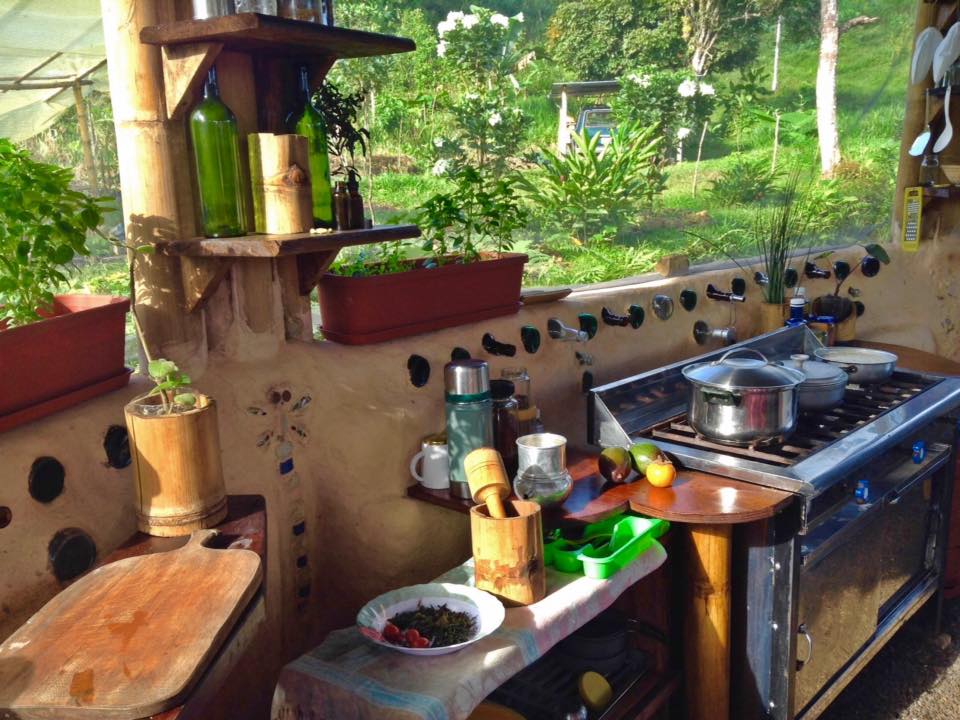
Sueño de Vida is a naturally-built haven in Ecuador. I Imagined Endless Crops – I Was Wrong
When
I first landed at my new home on seven acres of sub-tropical cloud
forest, I was ecstatic. It was dry August and the sun shone in the
bright blue sky, innocent of the ferocity to come. I blithely surveyed
the lush verdant grasses, giant ferns, and vining leaves with
satisfaction. I was an avid and accomplished gardener back in North
America, with its short as and snowy winters. Now, here, in this
Jurassic Park of eternal summer, I imagined the undulating green land
heaving forth endless crops of fruits and vegetables.
Ah, what did I know? Not much.

Kristen learning to thrive in the wet. Two
months later I was despondent. It had started raining. A lot. Daily.
Sub-tropical cloud forest rain, with drops big enough to fill a teacup,
hammered the ground. My tender (wimpy) little salad crops that has
sprouted up so eagerly, were battered to total ruin in a matter of days.
The heavy soil, which I had laboriously scratched out the matted grass
and dug and turned in the way that worked back in my good old wintry
climes, turned a slippery, clay-ey sludge, more suitable to plastering
the earthbag walls of the house we were building. Even worse, the fifty
or so fruit trees we had planted under sunny summer skies now looked
awful. Their roots waterlogged, rust spots pocked the leaves and
monstrous slugs and snails descended on what was left.
I felt
like, and was, a complete failure. But nature abhors a vacuum, right?
And what I had was not a “bad” climate, but a vacuum of knowledge of how
to deal with it.
Fast forward two years and those struggling trees are not only alive, but flowering and
fruiting
and communing. I’m harvesting fifteen-pound pumpkin squash from my
garden, slicing and dicing mountains of cassava and plantain, hauling in
bunches of a hundred or more bananas, roasting my own cacao beans,
making teas and tinctures with herbs I’ve grown and getting my greens
from from the Malabar spinach plants sprawling pretty much everywhere.
So obviously I learned to thrive in, and love, my wet wonderful home.
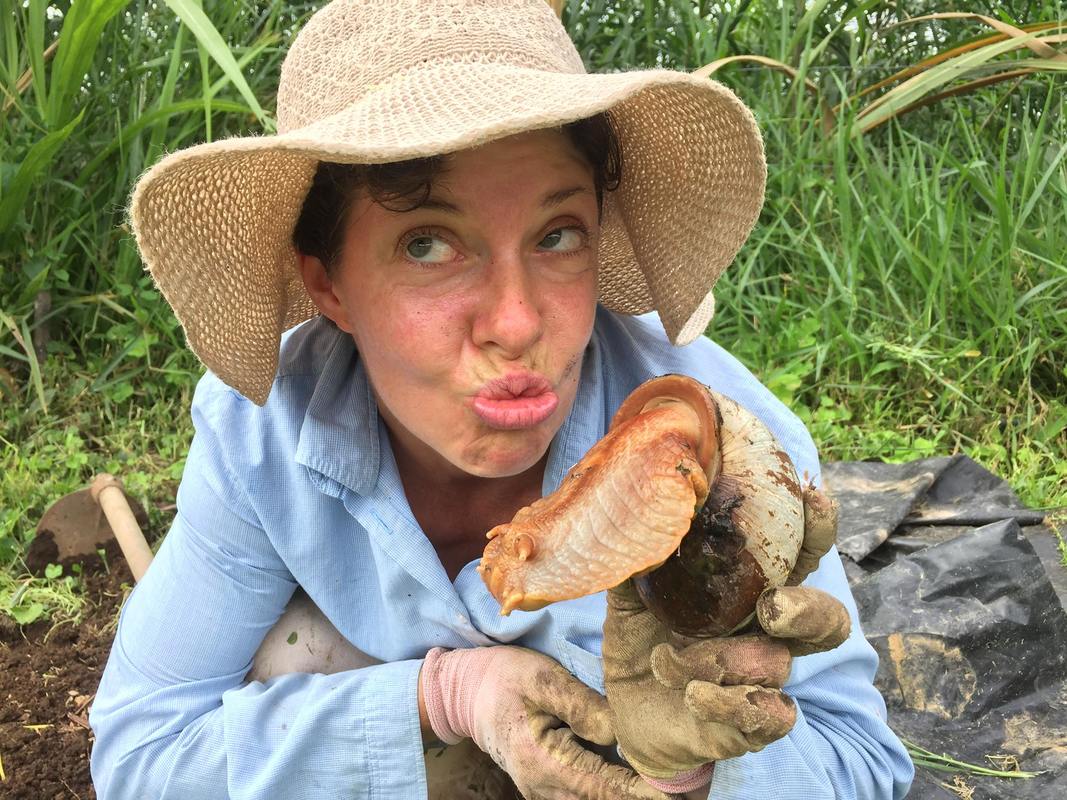
Nature adapts. You’re part of it, so you will too. 6 Steps to Succeeding in a Wet Climate
Wet
climates pose special challenges to the gardener/grower: fungus,
mildew, tight heavy soils leached of nutrients by heavy rains, and
enough creeping, crawling, voracious critters to eat up your crops in a
single sitting. But there are methods that work and don’t involve mixing
chemicals. My experience rising to these challenges is limited to the
subtropical region of Ecuador, but I think much of what I learned here
could be helpful in a temperate zone as well.
1. Give your
plants time. Everything you plant out will at first look like it’s
dying. It might be, but probably not. Plants take awhile to “take hold”
in wet soils. I think the roots get a little waterlogged and crushed and
then some leaves might turn black or yellow or get rust spots and the
plant will look generally awful. Give it time. It will either die or get
stronger and healthy.
2. Don’t get attached. Plant a LOT of
small plants or seeds. They won’t all make it, but that’s okay. The
weaker ones will serve as “bait” food for the slugs, snails, and other
critters who attack the weaker plants first, giving the stronger ones
more of a chance. You can even transplant some soft-leaf “weeds” close
to your cultivars to “feed” the slugs so they leave your garden plants
alone, or at least don’t kill them entirely.
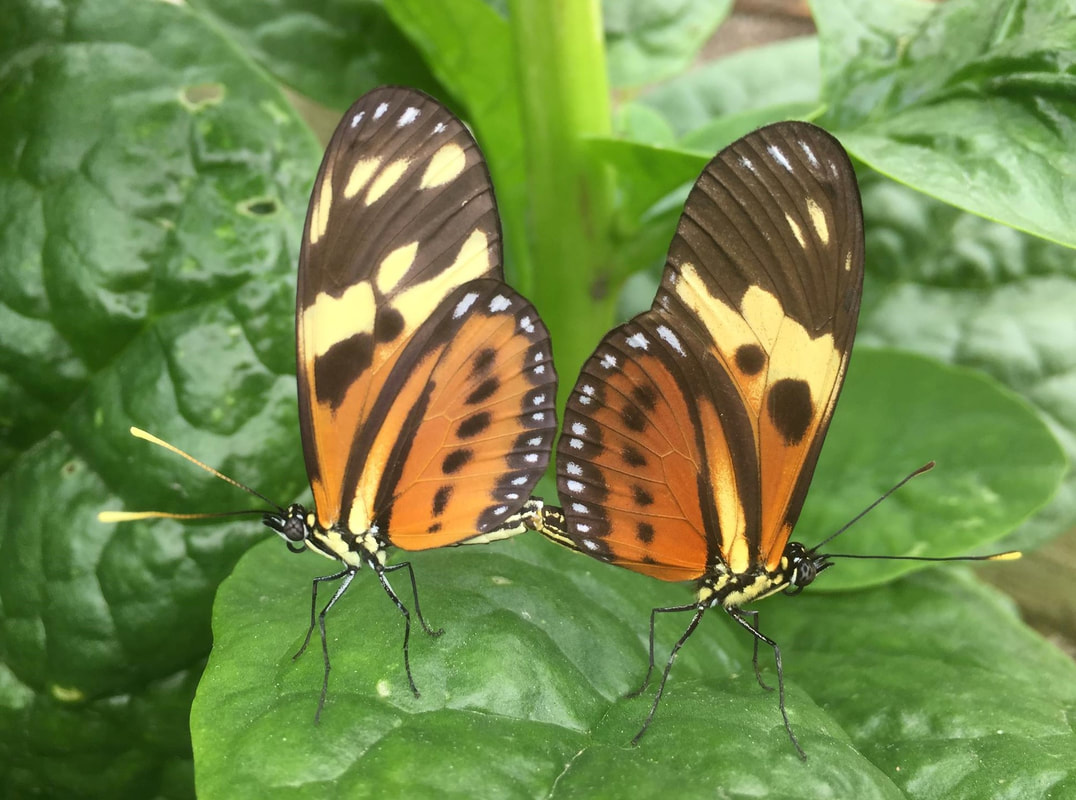
Don’t get attached. 3.
Be gentle. Don’t turn the soil a whole lot trying to aerate it. I did
that in the beginning and it’s a waste of time and energy, and actually
counterproductive. Wet soils have usually more clay and a fairly shallow
topsoil (rain leaches it off). By turning it you’re just pretty much
making plaster. Good for houses, not so much for plants.
The key
is piling up organic matter on top of gently opened soil and planting
in the looser pile, not digging down. You can use compost or cut grass
or chopped up leaves and soft branches from weeds, trees you’ve pruned.
It’s less work to pile up organic material than digging heavy soil and
it works better.
4. Use Compost! Rust and mildew thrive in wet,
tight soil. Create drainage by opening the soil around the tree gently
with a pitchfork and put the compost on top. Don’t disturb the root
system of the tree digging around too much. The compost will attract
worms and burrowing insects to come up to the surface and eat the
compost. This creates channels in the soil, improves drainage, and
aerates it naturally. The bugs also poop, which is good fertiliser.
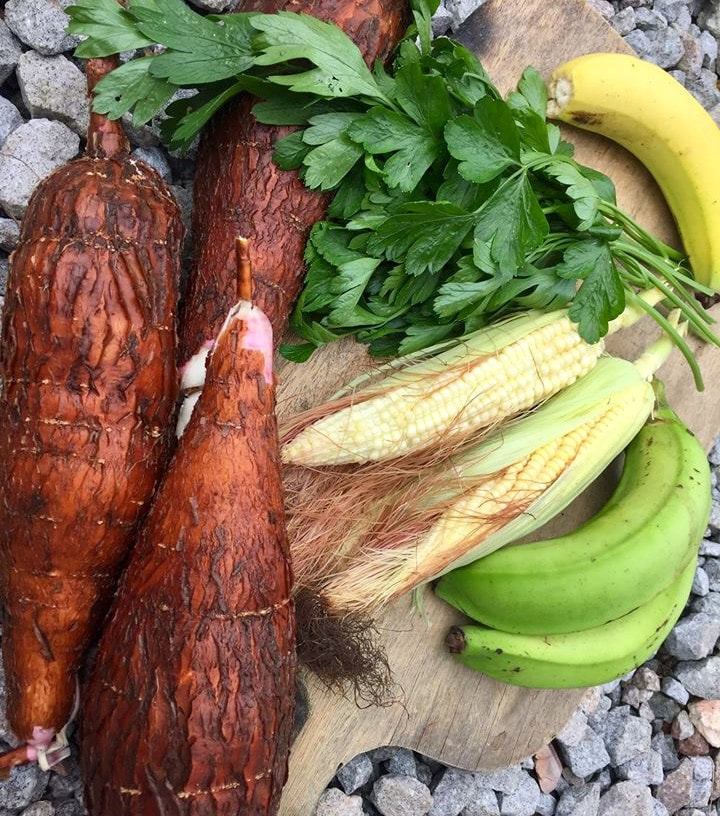
You can only take Martha Stewart so far. 5.
Don’t be a clean freak. Look, I think Martha Stewart is the bees knees,
but in a wet climate garden, you gotta live and let live. Leaving weeds
around is fine for your plants, as long as they aren’t choking them.
The weeds also provide food for all the fungi and mildews in wet soil so
that all those organisms have other targets than your plants.
6.
Adapt. Grow what thrives in your climate. Don’t kill yourself trying
nursing a cactus garden under plastic in the rain forest. I have a
nursery where I keep some temperate clime herbs in containers, but it’s
not my mainstay. Let go of perceived attachments to foods you think you
need (because it’s all you know) and learn to grow new ones. Nature
adapts; you are part of nature. So you will too.
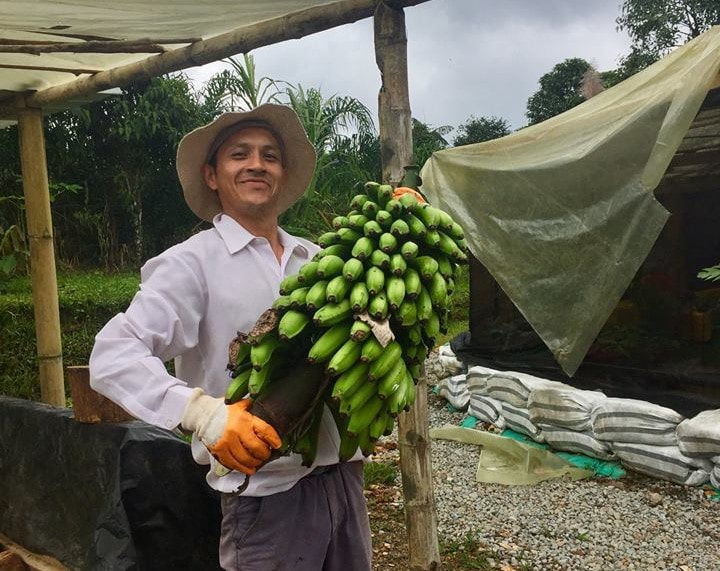
Banana harvest. Kristen
Krash is the co-creator of Sueño de Vida, a nature conservation centre,
permaculture farm, and natural building experiment in the cloud forest
of Ecuador. To learn more about the mission, courses offered, work
exchange opportunities, and land for sale at Sueño de Vida, see their
website at http://www.suenodevida.org/our-dream/
Visit Sueno de Vida
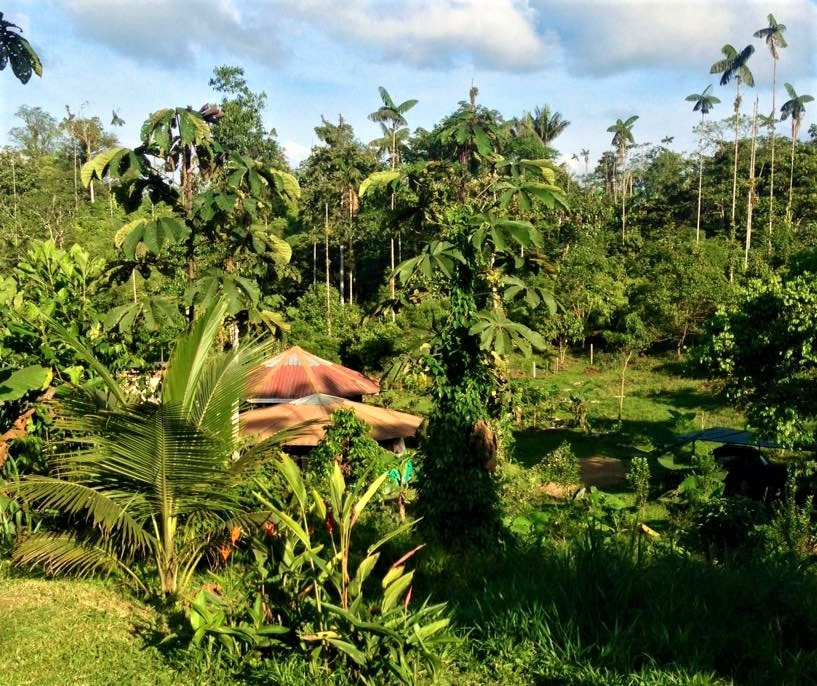
Sueño de Vida, permaculture and natural building centre. If you find these posts inspiring, useful, or both, please chip in to support The Mud Home on Patreon. It takes time to compile quality posts, and costs a lot of money to run the site and all its extra services. For just $2 a month you get a behind-the-scenes look at how I’m building my own off-grid world in northern Spain. All patrons enjoy email priority and have access to an exclusive monthly video from my land.
Those planning their own builds, wanting to ask in-depth questions and enjoy more support should seriously consider joining The Mud Home Facebook too. It’s an inexpensive way to get advice from me and other experienced builders, and join a supportive, inspiring, and non-competitive community.
Many thanks to the Mud Sustainers already supporting The Mud Home and making these articles possible.
Original article from: www.themudhome.com
